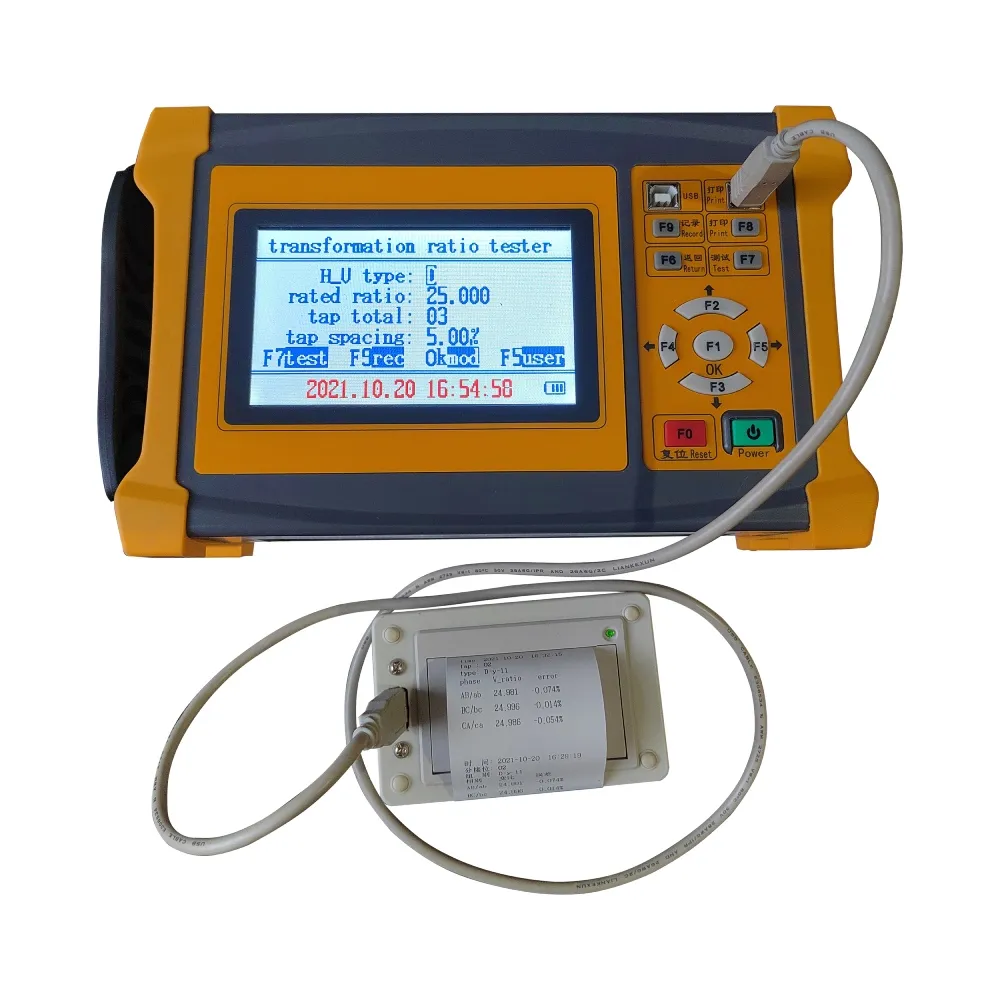 English
English



-
 Afrikaans
Afrikaans -
 Albanian
Albanian -
 Amharic
Amharic -
 Arabic
Arabic -
 Armenian
Armenian -
 Azerbaijani
Azerbaijani -
 Basque
Basque -
 Belarusian
Belarusian -
 Bengali
Bengali -
 Bosnian
Bosnian -
 Bulgarian
Bulgarian -
 Catalan
Catalan -
 Cebuano
Cebuano -
 China
China -
 China (Taiwan)
China (Taiwan) -
 Corsican
Corsican -
 Croatian
Croatian -
 Czech
Czech -
 Danish
Danish -
 Dutch
Dutch -
 English
English -
 Esperanto
Esperanto -
 Estonian
Estonian -
 Finnish
Finnish -
 French
French -
 Frisian
Frisian -
 Galician
Galician -
 Georgian
Georgian -
 German
German -
 Greek
Greek -
 Gujarati
Gujarati -
 Haitian Creole
Haitian Creole -
 hausa
hausa -
 hawaiian
hawaiian -
 Hebrew
Hebrew -
 Hindi
Hindi -
 Miao
Miao -
 Hungarian
Hungarian -
 Icelandic
Icelandic -
 igbo
igbo -
 Indonesian
Indonesian -
 irish
irish -
 Italian
Italian -
 Japanese
Japanese -
 Javanese
Javanese -
 Kannada
Kannada -
 kazakh
kazakh -
 Khmer
Khmer -
 Rwandese
Rwandese -
 Korean
Korean -
 Kurdish
Kurdish -
 Kyrgyz
Kyrgyz -
 Lao
Lao -
 Latin
Latin -
 Latvian
Latvian -
 Lithuanian
Lithuanian -
 Luxembourgish
Luxembourgish -
 Macedonian
Macedonian -
 Malgashi
Malgashi -
 Malay
Malay -
 Malayalam
Malayalam -
 Maltese
Maltese -
 Maori
Maori -
 Marathi
Marathi -
 Mongolian
Mongolian -
 Myanmar
Myanmar -
 Nepali
Nepali -
 Norwegian
Norwegian -
 Norwegian
Norwegian -
 Occitan
Occitan -
 Pashto
Pashto -
 Persian
Persian -
 Polish
Polish -
 Portuguese
Portuguese -
 Punjabi
Punjabi -
 Romanian
Romanian -
 Russian
Russian -
 Samoan
Samoan -
 Scottish Gaelic
Scottish Gaelic -
 Serbian
Serbian -
 Sesotho
Sesotho -
 Shona
Shona -
 Sindhi
Sindhi -
 Sinhala
Sinhala -
 Slovak
Slovak -
 Slovenian
Slovenian -
 Somali
Somali -
 Spanish
Spanish -
 Sundanese
Sundanese -
 Swahili
Swahili -
 Swedish
Swedish -
 Tagalog
Tagalog -
 Tajik
Tajik -
 Tamil
Tamil -
 Tatar
Tatar -
 Telugu
Telugu -
 Thai
Thai -
 Turkish
Turkish -
 Turkmen
Turkmen -
 Ukrainian
Ukrainian -
 Urdu
Urdu -
 Uighur
Uighur -
 Uzbek
Uzbek -
 Vietnamese
Vietnamese -
 Welsh
Welsh -
 Bantu
Bantu -
 Yiddish
Yiddish -
 Yoruba
Yoruba -
 Zulu
Zulu
autosampler gas chromatography
The Role of Autosamplers in Gas Chromatography
Gas chromatography (GC) is a powerful analytical technique used to separate and analyze compounds that can be vaporized without decomposition. It is widely employed in various fields, including environmental monitoring, food and beverage analysis, and pharmaceuticals. A crucial component of modern gas chromatography systems is the autosampler, which enhances the efficiency, accuracy, and reproducibility of analysis.
An autosampler is an automated device designed to automatically inject samples into the gas chromatograph. Unlike manual injection, which can introduce variability due to human error, an autosampler ensures consistent sample introduction, leading to more reliable results. This consistency is essential for laboratories that require high-throughput analysis and where even small variations can significantly impact the outcome.
The Role of Autosamplers in Gas Chromatography
Additionally, autosamplers can improve data integrity through reduced variability. Manual injections are subject to operator technique, which can vary from one technician to another. This variability can lead to inconsistencies in results, particularly when analyzing complex mixtures. Autosamplers maintain a standardized injection process, utilizing precise protocols that lead to improved repeatability and reproducibility. This reliability is particularly vital in regulatory environments, where laboratories must adhere to strict guidelines for quality assurance.
autosampler gas chromatography

Another significant benefit of autosamplers is their ability to handle multiple sample types and formats. Many modern autosamplers are designed to accommodate different vial sizes and can inject samples from various matrices, including liquids, gases, and even solid samples. This versatility expands the capability of gas chromatographic analysis, making it possible to address a broader range of applications and industries.
Moreover, advances in technology have led to the development of sophisticated autosamplers equipped with features such as temperature control and online dilution. These enhancements allow for better sample preparation and management, ensuring that samples are maintained under optimized conditions until they are injected. This is crucial for sensitive compounds that may be prone to degradation or volatilization.
For laboratories dealing with complex samples or those requiring the analysis of trace level contaminants, autosamplers can also incorporate additional functions like automated solid-phase microextraction (SPME) or headspace analysis. These features further streamline the analysis process and improve sensitivities and selectivities, enabling detection of compounds at lower concentrations.
Despite the clear advantages, the initial investment and maintenance of an autosampler can be significant. However, when considering the long-term benefits of increased throughput, reduced variability, and enhanced data quality, many laboratories find that autosamplers are a worthy addition to their GC systems. Over time, the return on investment becomes evident through improved operational efficiencies and the ability to meet client needs more effectively.
In conclusion, the integration of autosamplers in gas chromatography represents a significant advancement in analytical chemistry. Their ability to automate sample handling, enhance reproducibility, and increase throughput makes them indispensable tools in modern laboratories. As technology continues to evolve, it is likely that autosamplers will become even more sophisticated, further pushing the boundaries of what is achievable in gas chromatography. For any laboratory aiming to improve its analytical capabilities and efficiency, the adoption of an autosampler is a step in the right direction.
-
Testing Equipment Industry Sees Major Advancements in 2025: Smart & Precision Technologies Lead the WayNewsJun.06,2025
-
Applications of Direct Current Generators in Renewable Energy SystemsNewsJun.05,2025
-
Hipot Tester Calibration and Accuracy GuidelinesNewsJun.05,2025
-
Digital Circuit Breaker Analyzer Features and BenefitsNewsJun.05,2025
-
Benefits of Real-Time Power Quality Monitoring Devices for Industrial EfficiencyNewsJun.05,2025
-
Earth Fault Loop Testing in High-Rise Building Electrical SystemsNewsJun.05,2025



